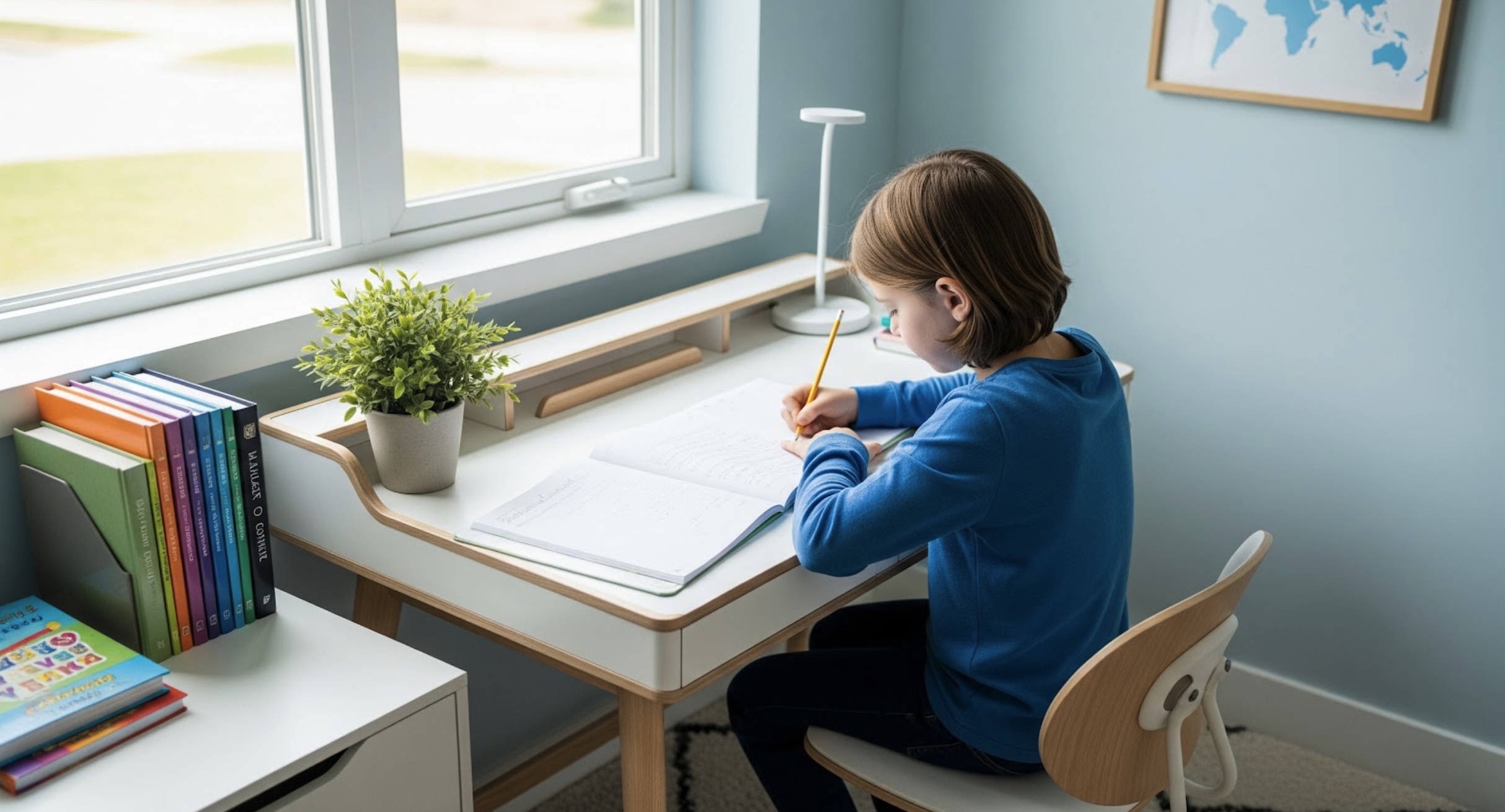Homeschooling for Autism: Build a Personalized, Peaceful Education
Homeschooling for autism is more than an alternative to traditional school—it’s a chance to create a calm, structured, and individualized education plan that meets both academic and emotional needs. Families who choose to homeschool for autism often find that children thrive when lessons are customized to their strengths and delivered in a peaceful, consistent environment.
Still, homeschooling a child with autism comes with unique challenges. Parents often worry about choosing the right resources, ensuring progress, and preventing stress at home. Many lean on expert support, such as an experienced autism tutor, to reinforce goals and provide strategies that turn homeschool struggles into measurable growth.
This guide gives parents a roadmap to build a homeschool program that balances structure, flexibility, and progress—without sacrificing peace at home.
Why More Families Are Turning to Homeschooling for Autism
Parents are choosing homeschooling for autism at growing rates. Common reasons include:
- Sensory challenges that make traditional classrooms overwhelming
- Lack of consistent support in public schools
- The desire for flexible pacing tailored to the child’s strengths
- Frustration with IEP goals not being met
- A need for more family involvement in learning
The shift to homeschooling often begins with pain points but quickly transforms into empowerment once families see progress happening in an environment designed for success.
Core Principles of an ASD Homeschool
Every autism homeschool program looks different, but the most effective share a few essential traits:
- Predictability with Flexibility
Children on the spectrum thrive when days have rhythm and predictability. However, the ability to adapt lessons when challenges arise prevents frustration.
- Peaceful Learning Environments
Calm, low-stimulation spaces help children focus. Lighting, noise, and organization all matter.
- Personalized Instruction
Strengths, interests, and motivators are built into lessons, making learning engaging and rewarding.
- Progress-Focused Strategies
Small, measurable goals allow families to celebrate wins without overwhelming the child.
By weaving these principles into daily learning, parents create a homeschool structure that is both sustainable and impactful.

Creating a Peaceful Learning Environment
A peaceful environment is the foundation of progress. Parents can achieve this by:
- Setting up a dedicated learning space free of clutter
- Using calming colors and natural light where possible
- Incorporating sensory tools such as weighted blankets, fidget tools, or movement breaks
- Creating a visual daily schedule to reduce anxiety
The result is a space where children feel safe and ready to learn.
Personalized Curriculum Strategies That Work
Homeschool curriculum for autism should adapt, not force. Strategies parents often use include:
- Interest-Based Learning: Using a child’s passions (dinosaurs, music, trains) as a starting point for reading, math, and writing.
- Multi-Sensory Lessons: Incorporating visuals, hands-on manipulatives, and technology for deeper engagement.
- Chunking Material: Breaking lessons into smaller, manageable steps with frequent breaks.
- Practical Life Skills: Embedding tasks like cooking, shopping, or budgeting into lessons to build independence.
A personalized approach transforms “schoolwork” into experiences that feel natural and rewarding.
Progress-Focused Homeschooling
Parents often fear that homeschooling might hold their child back academically. The opposite can be true with structured progress tracking:
- Use weekly checklists to track skill mastery
- Collect work samples to monitor growth over time
- Set short-term, realistic goals aligned with long-term outcomes
- Celebrate small wins to reinforce motivation
Progress is not just about academics—it also includes communication, social skills, and emotional growth.

The Role of Parent Support and Coaching
Homeschooling for autism can feel isolating without support. Parent coaching and guidance from professionals make the journey smoother:
- Tutors can reinforce core subjects and fill gaps
- Specialists can recommend curriculum adaptations
- Parent communities can share strategies and encouragement
Support systems prevent burnout and provide accountability, ensuring homeschool plans stay consistent and effective.
Avoiding Common Pitfalls in Homeschooling for Autism
Parents who homeschool children with autism often face challenges. Common pitfalls include:
- Over-scheduling the day with too many subjects
- Being overly rigid with lesson timing
- Neglecting social interaction opportunities
- Forgetting to prioritize self-care as a parent
Recognizing these pitfalls early helps families adjust and maintain a sustainable rhythm.
Final Thoughts: Building Peace and Progress Together
Homeschooling for autism isn’t about replicating a traditional classroom—it’s about creating an environment that nurtures learning, peace, and confidence. A personalized approach, calm environment, and progress-focused strategies allow children to thrive both academically and emotionally.
Families who embrace homeschooling for autism often discover something powerful: the ability to build an education tailored to their child’s unique needs while fostering peace at home. With the right resources and support, homeschooling becomes less overwhelming and more empowering—leading to steady progress and brighter futures.





